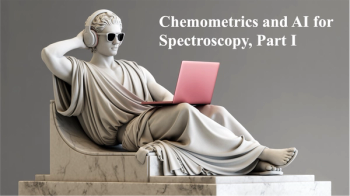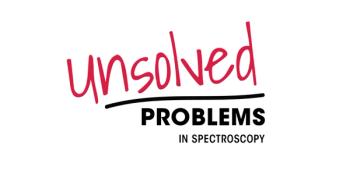
- Spectroscopy-12-01-2015
- Volume 30
- Issue 12
Analysis of Coal Fly Ash
The Rigaku RPF-SQX software automatically deconvolutes spectral peaks and models the sample matrix and X-ray absorption/enhancement effects using fundamental XRF equations. The RPF-SQX software is simple to use and offers many ways to craft a matrix model based on the specific fly ash composition, allowing semi-quantitative analysis without the use of reference standards.
The analysis of coal fly ash is demonstrated using EDXRF with indirect excitation and Fundamental Parameters.
Fly ash is produced as particles that rise with the flue gas during combustion of various materials. The most common fly ash is coal fly ash produced at coal-fired power, yet incineration of other materials such as biomass and refused-derived fuels (RDF) also produces fly ash. Fly ash has valuable use in many building products such as Portland cement and concrete, as well as being used for soil stabilization, fertilization, and other agricultural uses. Whether fly ash is used or will simply go to a landfill, both the major oxides and the trace elements are important to monitor, including toxic metals. A simple and fast means of measurement is required that is capable of determining complex matrix variations.
Experimental Conditions
Instrumentation: Rigaku NEX CG
X-ray tube: 50 W Pd-anode
Excitation: Indirect with polarization
Detector: High performance SDD
Analysis Time: 800 s
Environment: Helium Purge or Vacuum
Standard: 15-position Sample Tray (32 mm)
Options: Light Element Optimization Target (LEO)*
Sample Preparation
A sample is ground to a dry, homogeneous powder approximately 200 mesh (~75 μm particle size). The powder is then made into a pellet using a hydraulic press to 20 tons pressure for 30 s.
Rigaku RPF-SQX Fundamental Parameters (FP) and Scattering FP
The Rigaku RPF-SQX software automatically deconvolutes spectral peaks and models the sample matrix and X-ray absorption/enhancement effects using fundamental XRF equations. The RPF-SQX software is simple to use and offers many ways to craft a matrix model based on the specific fly ash composition, allowing semi-quantitative analysis without the use of reference standards.
Scattering FP is the Rigaku technique of using the measurement of the Compton and Thomson (Rayleigh) scatter peaks to gain valuable information about the sample matrix. By comparing the Compton and Thomson scatter peaks, the average atomic number of the sample is calculated and from this the percentage of the sample that cannot be measured is estimated, improving the quantification of Na–U. Use of Scattering FP is ideal for the analysis of fly ash where the composition of the unmeasurable balance of the sample can change significantly from sample to sample.
Table I
Matching Library
The semi-quantitative measurements using Scattering FP can be further optimized with the use of a Matching Library.
Results
The analysis of NIST SRM 2691 is shown both as a standardless semi-quantitative measurement and with the use of a Matching Library.
Conclusions
The Rigaku NEX CG using Scattering FP yields excellent performance for the semi-quantitative elemental analysis of fly ash. If desired, FP semi-quantification can be improved with Matching Libraries based on one or more assayed type standards of the particular material type. These features make the NEX CG an ideal EDXRF tool for the elemental identification, screening, and characterization of coal fly ash, as well as fly ash produced by the incineration of other materials such as biomass and refuse-derived fuels. Simple to operate, the NEX CG is used by the non-technical operator and researcher alike.
Applied Rigaku Technologies, Inc.
9825 Spectrum Drive, Bldg. 4, Suite 475, Austin, TX 78717
tel. (512) 225-1796, fax (512) 225-1797
Website:
Articles in this issue
about 10 years ago
Combining Raman Imaging, Mass Spectrometry Imaging, and AFMabout 10 years ago
Quo Vadis Regulated NIR Analytical Procedures?about 10 years ago
Agilent Technologies, Inc.about 10 years ago
ABB Measurement & Analyticsabout 10 years ago
Andor Technology Ltd.about 10 years ago
Polarization in FTIR ATRabout 10 years ago
Miniature 60 kV, 1000 μA 12 W X-ray Sourceabout 10 years ago
CAMO SoftwareNewsletter
Get essential updates on the latest spectroscopy technologies, regulatory standards, and best practices—subscribe today to Spectroscopy.




